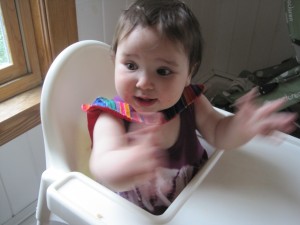 When I had my son eight years ago we were living in Davis, California, home of the University of California, Davis (UC Davis). UC Davis is where the pioneering research on teaching babies to sign was done by Drs. Linda Acredolo and Susan Goodwyn.
When I had my son eight years ago we were living in Davis, California, home of the University of California, Davis (UC Davis). UC Davis is where the pioneering research on teaching babies to sign was done by Drs. Linda Acredolo and Susan Goodwyn.
There had been so much research in the community that baby sign, even in the early 2000’s, was deeply ingrained in the parenting culture of the town. So we, along with most other families we knew, taught our son baby sign. We didn’t use any particular program; this was before the proliferation of programs and classes. We read Baby Signs by our local authors, and read their series of board books to our son. But mostly we just showed him the signs while saying the words, in context, over and over and over.
And did it work! We participated in one UC Davis baby sign study which required us to check in with a graduate student every week to report on any new signs. I remember the grad student asking, “Really? He learned how many this week?” He learned over 100 signs, and my daughter, now 16 months, appears to be headed toward that milestone, too.
Baby sign taught us so much about how our son felt, what he wanted, how he learned, but most powerfully to me, how he saw the world. I remember vividly taking him to the zoo and showing his the gorilla exhibit. His face lit up, and I was heartened that he was happy to see a real gorilla. Then he started excitedly signing “ball! ball!” I looked around, and sure enough, there was a ball in the gorilla cage. That was the source of his glee. When we got to the peacock cage and the bird spread it’s plumage, he signed, “bird, umbrella!”
And most memorably: At a summertime party he ambled over to a woman whose sandals had leather flowers. He loved to smell flowers, so he got down low and smelled her shoes/feet. Then, with a disturbed face, he signed “all done!” That was one time we were glad that other people couldn’t understand his signs!
In case you’re wondering, our kids’ verbal development was consistent what the research has shown: all that signing didn’t slow down their spoken language, and it may have actually speeded it up.
One of the best surprises about baby sign was how much it helped us communicate about breastfeeding with both our kids, in a number of ways. One is being able to talk while nursing. Here is a sampling of what my kids have signed while nursing. We call it talking with your mouth full:
“outside” (looking out the window)
“flowers” (also looking out the window)
“light” (looking up at the chandelier)
“all done” (just before coming off the breast)
“more” (obvious, right?)
“up!” (pick me up now!)
“telephone” (as in “the telephone’s ringing!”)
“train!” and “airplane!” (when hearing the sounds)
“yeah!” (clapping over her head, while nursing at the county fair and hearing everyone clap at the end of a performance)
Being able to sign “nurse,” (a sign made up by my son - tapping her chest) has helped my daughter tell me a number of things about how she views breastfeeding:
- She asks to nurse when she gets hurt. I’m not really in the habit of offering to nurse when she gets hurt (this almost always involves her bumping her head on a coffee table or falling over backwards), but since she’s been able to sign “nurse,” I’ve found that this is her favorite way of being consoled.
- At times she asks to nurse more often than I thought she would. I guess that this shouldn’t be too surprising, but it resulted at times in more nursing than we otherwise would be doing.
- Daily cluster feeding period is even more noticeable. Where before I might have assumed that she wanted to be carried around or something else, the sign makes it crystal clear that she wants to nurse over and over in the hours before bed.
And then, most recently, my daughter and I had this conversation, mostly in sign on her end, about how she felt about nursing while teething:
Baby: [signed while nursing] “Scared.”
Me: “You’re scared?”
Baby: [signed] “Yes.”
Me: “What are you scared of?”
Baby: [signed] “Nursing.”
Me: “You’re scared of nursing?”
Baby: [signed] “Yes,” [un-latches, spoken] “Mama.”
Me: “You’re scared of nursing mama. Is that because you have a hurt in your mouth?”
Baby: [goes back to nursing, signs] “Yes. Hurt.”
She’s told me this many times since, but it hasn’t slowed her nursing down at all.
If you’d like to learn more about how to teach your baby to sign, there are many programs and classes out there. But when people ask me to recommend a program I usually tell them that I can sum it up in four steps:
- Start as early as you want, just know that they won’t sign back for a while. We started when our babies were about 3 months old, but knew that they wouldn’t sign back until they were around 9 or 10 months old.
- Learn some signs. Here’s a dictionary of common signs, and you can Google for more. The earliest signs our babies learned were objects, especially animals, which babies find so captivating. The most useful signs to us were “more” and “all done,” but they came later.
- While with your baby, say the word and do the sign at the same time, at a height which makes it easy for the baby to see. Try to do it in context - in other words, you see a dog or a picture of one, and you sign/say it then. Teaching signs while reading books is fun, and the first ones our babies learned were the ones in the My First Baby Signs board books, but you can use any book. Older siblings can be great teachers.
- Do this over, and over, and over, until you feel like a complete idiot and are sure that they’ll never learn a single sign. At some point, they probably will. Then keep going! They’ll probably make up their own signs at some point, and that’s great.
It’s really that simple, and if you want you can do it without spending any money, using any DVDs or flash cards. Obviously, we’ve loved it, and its enriched our breastfeeding relationship in many ways.



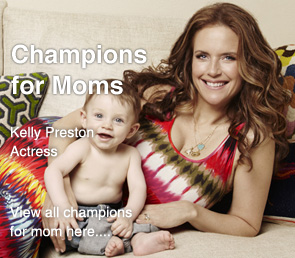
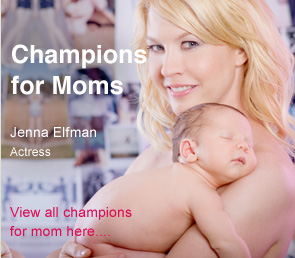
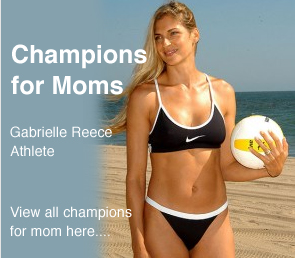
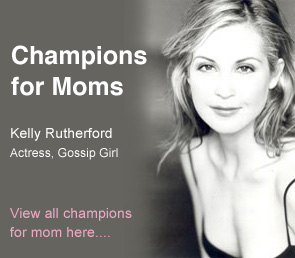
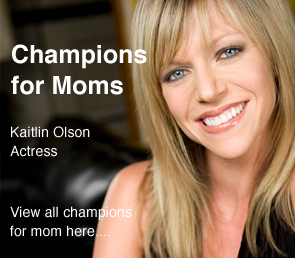
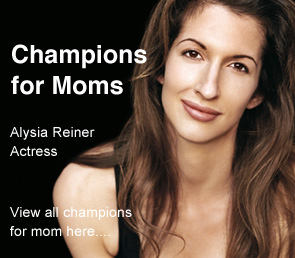
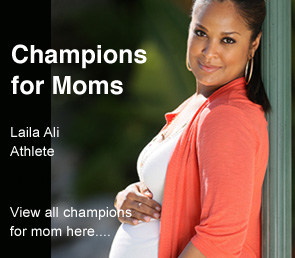
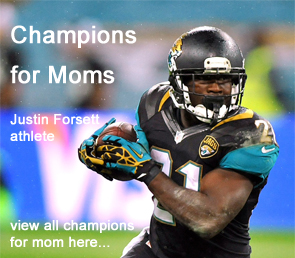
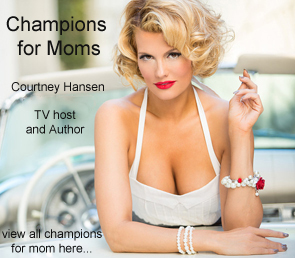
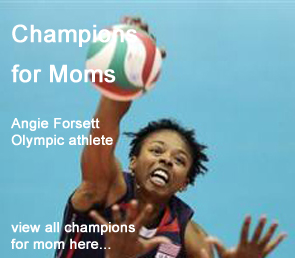
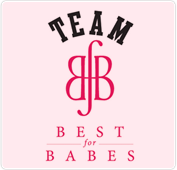
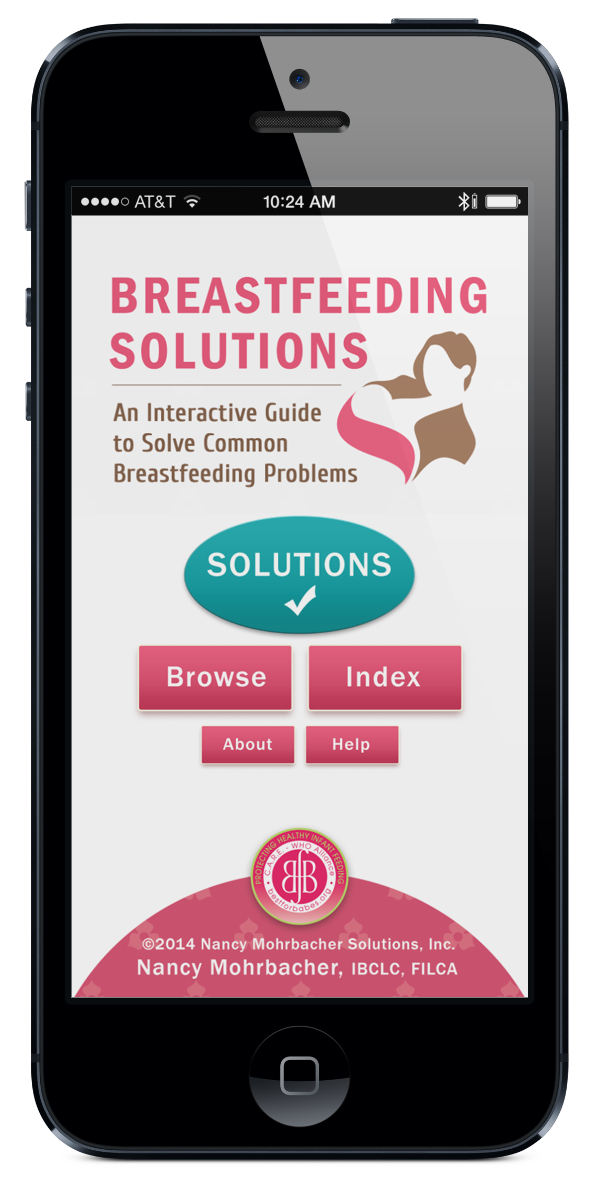
great article. I have a 4 month old and we are teaching her to sign. I was really touched about the conversation around nursing and teething- that is so powerful to know. Wow. Thank you.
I LOVE this article. Thank you for sharing all of your wonderful stories and pointing out how helpful signing is with breastfeeding and just in general everyday life. I am now the Co-Director of the Baby Signs Institute with Drs. Acredolo and Goodwyn and teach in Davis and hear so many great stories like this every day! We love to have it spread with great articles like this. I will pass on your article to the Drs. as I know they will love it too. Good luck and Happy Signing!
Erin,
So glad you saw this, and please send our thanks to Drs Acredolo and Goodwyn! My family is so grateful for their research. It’s been such a joy - and so fascinating - to be able to sign with our kids.
Tanya
We love signs! It took constant signing until 10 months for my son to pick up “milkies” but once he did he started getting other ones quickly as well. Nowhere close to 100 but enough to tell us what he wants most of the time. A few signs were taught by us specifically and a few (“flag”, “phone”) he made up on his own. I agree, once he could sign for milk on his own it was amazing and interesting to see when he wanted (and when he surprisingly didn’t want) to be nursed.
What a lovely article! I really enjoyed reading about your touching “conversation” with your baby while nursing. What a gift signing is! It gives us insights into the minds of our little ones that we would not otherwise have until they were much older. Just goes to show that signing is not only about early communication, but bonding as well.
We love signs, too! My son doesn’t have that many, but his very first one was “milk” which he now uses to indicate how urgently he was to nurse (sort of would like to — he signs, a little more urgent he says “Mih!”, really, really desperate gets both).
Baby Sign,
Babies are born with an inherent body language that is common to all cultures.
Long before the emergence of speech, babies spontaneously communicate with
their parents using gestures and sounds to stimulate their loving attention.
Smiling, for example is the first friendly sign that keeps the mother close and
attentive. In later life, it acts in a hundred different ways to signal amicable
feelings towards people. It is without doubt, the most important social signal in
the human repertoire of gestures and signs.
Many parents experience intense frustration in understanding their baby’s
signals. Even though common sense goes some way in helping them understand
their baby’s needs or wants, in practice, they have to respond to a dozen or
more cues and come up with the right solution. Sign language is one way of
taking the guesswork out of parenting!
Natural gestures
In recent years, important progress has been made in the field of baby sign
language. However, the concept is not new. Parents and babies have been signing
to each other for centuries. However, until recently, there was no developmental
research to suggest that babies could be taught to sign. We now know that
babies have the ability to use at least 70 signs by the age of 9 months.
Parents and practitioners that have established a deep bond with the baby are
acutely aware of what they are trying to say. They know that they turn away
from an unwanted stimulus or avert their gaze if over-stimulated, that they
bring their arms in front of their bodies to form a temporary bar when
distressed or in discomfit and that they fuss, grunt, squirm or become very still
when it is time to eliminate.
I wish I would have known about that before, I would have loved to try it, now it is a bit late for that…
This was a very nice article to randomly come across and to read. I’m about to have my first child and I haven’t really thought about “baby signing” as a way to potential converse with my child earlier. I have seen only a few books about Baby Signing where I live so I simply didn’t think too much on the books since it seems not very many people were interested in it.
Reading this article has given me more information concerning this. =) Researching about this has given me another idea that I and the father can do with our son in order to communicate with him as he gets older.
Thank you again for writing this. =D